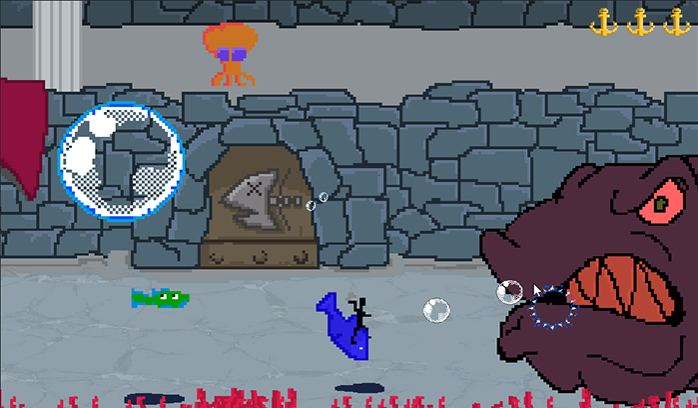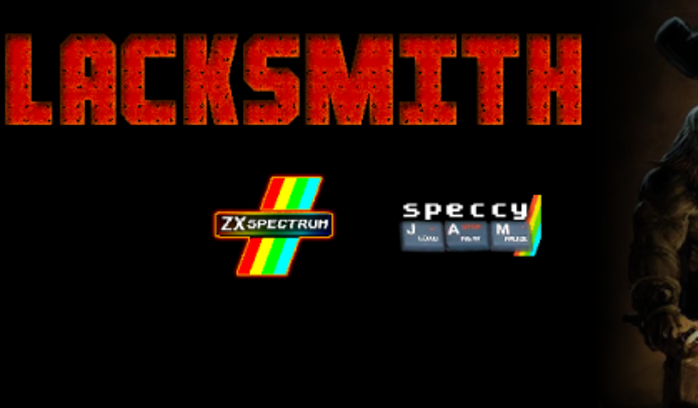Tag Gamejam
Bacon Game Jam 09: Back in Business

Hi everyone! I’m here to tell you the story of my last game jam: the Bacon Game Jam 09. It was a long time since my last game jam (and my game-dev stuff in general). I was a bit distracted by other part of my life and, in general, I wasn’t in the best mood. Because of this, I’m very happy to partecipate to this jam, also if the final result is not completely satisfying.
Anyway, let’s start!
Towards the ProcJam 2014
Procedural Contents Generation (PCG) is a family of techniques, algorithms and procedures used for generating contents in an automatic way rather than manually. In other words, using PCG, game contents can be created by the host computer instead of pre-design everything at development time.
In recent years, PCG is having an increasing popularity among the academic and game development communities. There are two big reasons behind this success: first, it allow the designer to generate an near-infinite amount of contents without the effort of manually design each element by hand (and that’s why the indie scene love PCG), second it increase the game longevity and replayability value of the game (because, for instance, the game it is always different after each run and so it can be replayed more). This two things combined are The Dream for every game designer: huge longevity with low effort at design time.
Speccy Jam 2014 Postmortem

As I said in a previous post, in these days me and my colleague at Noctua were working in the SpeccyJam 2014. The goal of the jam/competition is to make a game with the same look and feel of an original ZX Spectrum game. This introduces a lot of interesting limitations. First, it constrains our resolution to 256 × 192 (that is, however, a really big improvement respect to the LowRezJam :D), second it forces us to use only 15 colors. But most important of all, the non-strict limitation, is to simulate the color clash effect of the original Spectrum on modern engines. This was the most hard constraint that forced us to explore 2D shaders and a lot of simulated low-level algorithms on top of a modern engine like Unity 3D.
